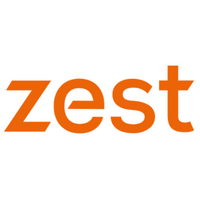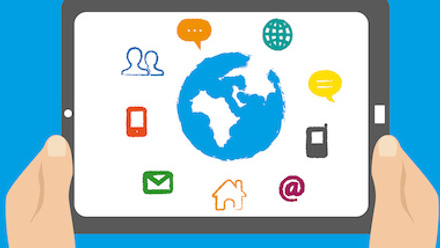7 key benefits of an engaging technology solution

While the supporting technology is continually evolving to satisfy new demands and novel approaches to employee engagement, there remain several fundamental elements that define successful benefit programmes.
1) Flexibility
Many employers have moved away from a fixed package of benefits to a more flexible range where employees can choose those they want to suit their personal circumstances. For example, older workers are likely to want different rewards to younger co-workers. Employees with families may consider childcare vouchers while their single counterparts may prefer gym membership.
So, the trend for customised and personalised benefits is on the increase. A modern system should not only be able to accommodate a wide range of benefits, but also provide the flexibility to add and administer a multitude of customised benefits, offers and promotions quickly and easily. A successful benefits offering must also keep up to date with changes in the market, so the technology must be able to adapt to changes in legislation and facilitate the introduction of new benefits.
2) Integration
The modern employee lives in a vast and complex ecosystem of apps, services, systems and subscriptions and is disengaged by poor user journeys.
An efficient employee benefits platform or portal should be able to integrate sensitive and disparate data sets and systems via one common interface, allowing the employer to offer best-in-class products from different providers.
This level of integration not only benefits the employee. It also enables the automation and efficient running of important HR and payroll functions and provides a single platform for the employer to manage all benefit enrolment, offers, adjustments and communications.
Employees should be able to access the system with “single sign on” (SSO) where they can manage their benefits and obtain total reward statements showing the combined value of all their benefits, providing one seamless user journey with other core systems.
3) Scalability
Big or small, your benefit solution should scale to your future business needs. So think ahead. What will your business look like in three or four years? Will your employee benefit requirements still be the same?
It’s not easy to predict the future, but you can be prepared by adopting a scalable benefits solution that has the capacity to grow with you and work around your evolution, avoiding any unexpected issues and costs.
4) Customised
Your benefits portal should reflect your brand identity and culture. Are your employees living your brand vision every day? Research suggests that strong corporate culture tends to lead to strong performance.
Your internal communications and tone of voice should reflect your core vision and values to help you build and promote your brand holistically from the inside out.
This look and feel must also be adaptable as a static brand will lose engagement.
5) Powerful
An effective benefits solution should improve information management and reporting and simplify notoriously complex tasks such as budget forecasting for benefits spend and provider invoice reconciliation - so the HR team can focus on other important issues.
It should also integrate data from HR systems, payroll systems and benefit providers so everything you need is in one place. It should enable the automatic administration of core benefit enrolments as well as flex and voluntary, based on employee selections and lifestyle event changes, with no need for manual administrator intervention.
It should include a variety of automation tools, including key reporting features, workflow based intelligence, notifications and scheduling to reduce administration time and costs.
Giving HR managers the tools to actively monitor engagement can help them evaluate the success of the benefits available. These tools should be so simple and so powerful that employers can elect to undertake all their own data management and customisation without the need for service support.
6) Communication
Combining benefits and communications in one place, enables a simpler and faster way of engaging with employees. Targeted communications will ensure they are aware of what is available and can include examples of benefits selected by other people like them.
The use of benefit modelling tools and interactive content should be used to help promote understanding of the benefits to support informed decisions.
Communication tools including mobile apps can provide employees with access to all the available benefits, promotions, and total reward statements. Also other important information and documents such as company policies, staff handbooks, training guides and online pay slips.
7) SaaS
Software as a Service deployment offers a straightforward, cloud-based, self-service process. Employees access their benefits portal remotely over a secure web connection on any device, at any time from any location.
This self-service approach to benefits and rewards management is proven to maximise process efficiency and, importantly, strengthen the relationship between the employer and its workforce.
No hardware investment or additional IT technical support is required on site. It’s easy and fast to deploy at the flick of a switch with no disruption to normal routines and no need for re-engineering of any existing internal IT infrastructure. You can focus on running the business, confident that your personnel data is running on a secure SaaS platform.
Conclusion
Today, employees are a diverse group with different needs. Employers need to respond with a wider range of benefits to meet those needs with easy access.
Effective communications will ensure that employees are fully engaged so they value the benefits and employers achieve an effective return on their investment.
This article was provided by Staffcare.
In partnership with Zest
Zest is the next generation platform that’s reinventing the world of employee benefits.







